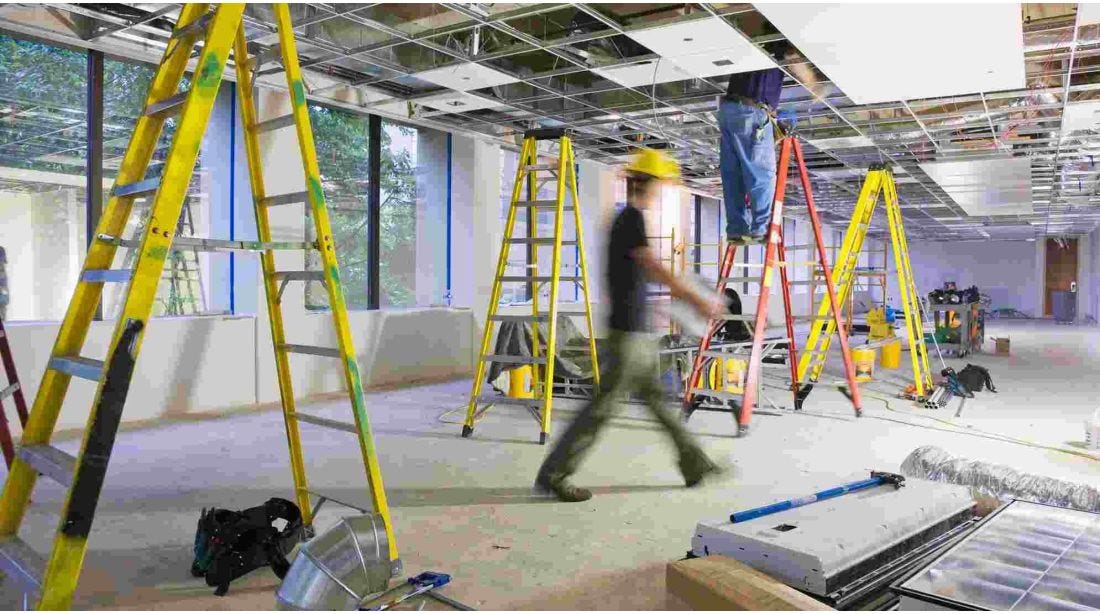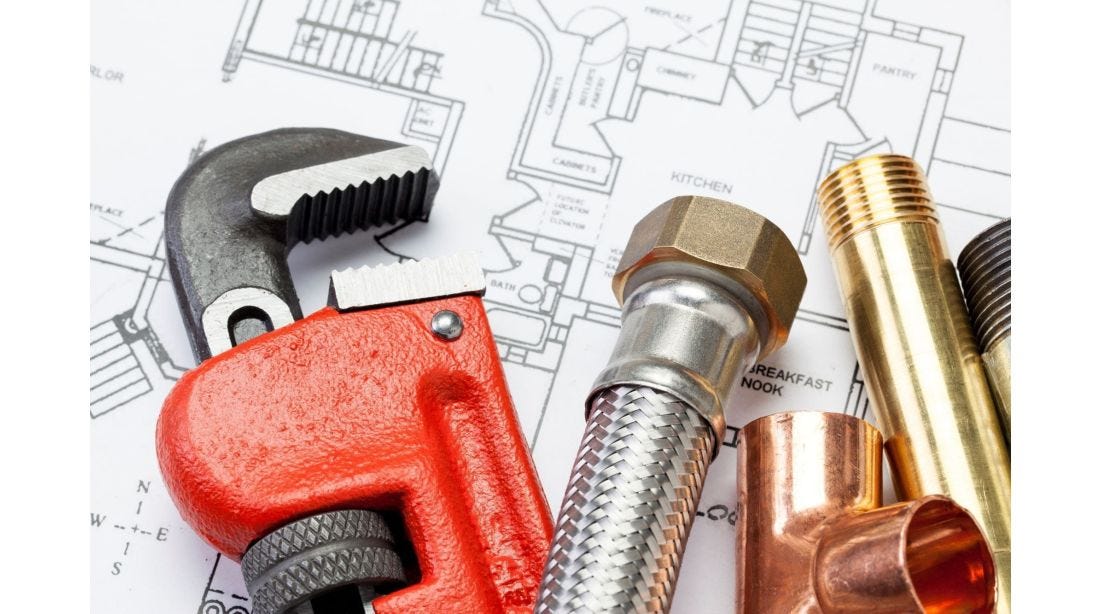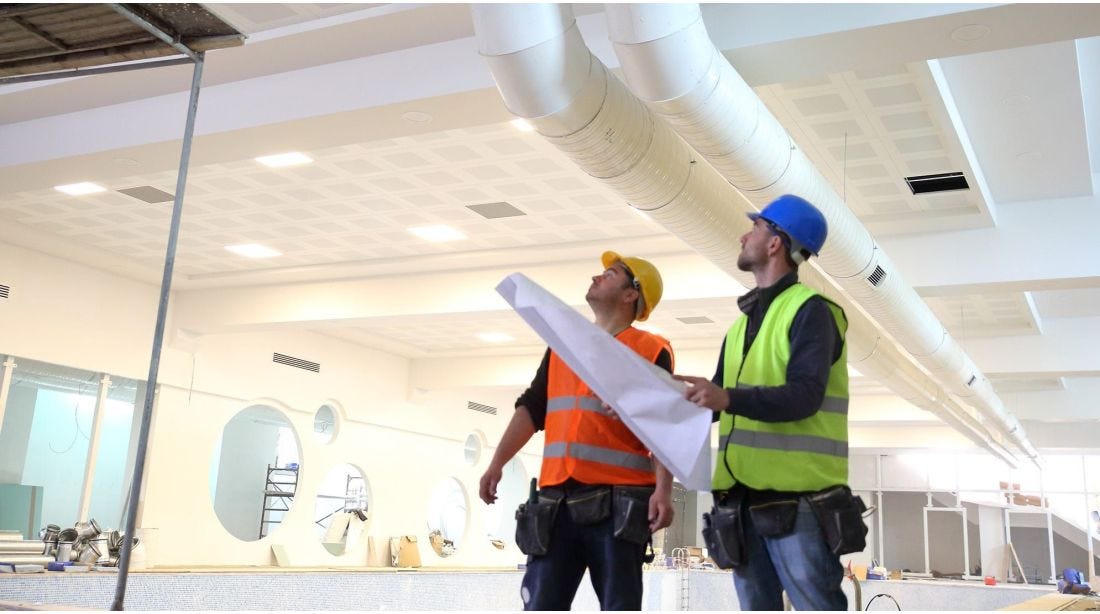Why Accurate Estimating Matters for Electrical Contractors
In the highly competitive world of construction, selecting projects that align with your experience and qualifications is a strategic advantage. Accurately estimating and bidding on electrical projects is not just about winning contracts — it's about building a sustainable and profitable business. Familiarity not only builds credibility and trust with clients but also enables efficient resource allocation, ensuring timely project completion. It also allows you to develop precise estimates and increases your chances of winning bids that are both competitive and financially viable.
In this guide, we'll take you through the step-by-step process of electrical estimating, highlighting key considerations and best practices to ensure your estimates and bids are both precise and comprehensive.
What is Commercial Electrical Estimating?
Commercial electrical estimating is a critical process in the construction industry that involves the meticulous calculation of the costs associated with the electrical components of a commercial project. This specialized form of estimation takes into account the materials, labor, equipment and services required to complete all electrical installations and systems within a commercial building. From lighting fixtures and wiring to security systems and power distribution, commercial electrical estimators must possess a deep understanding of the intricacies of electrical work to ensure accurate and competitive bids.
How is Commercial Electrical Work Different From Residential Electrical Work?
Commercial electrical work typically involves wiring for large-scale projects like office buildings, retail spaces and industrial facilities, with higher costs and complex systems such as three-phase power (up to 480V) for heavy machinery, lighting control systems, security systems and backup power generation. Both commercial and residential electricians must adhere to local codes and prioritize safety, but commercial work tends to be larger and more intricate, while residential work centers around home-related electrical needs.
Residential electrical work focuses on smaller-scale projects like new construction, renovations and outdoor wiring, with lower costs and simpler installations, typically utilizing single-phase power and standard fixtures like GFCI outlets and AFCI breakers for safety.
Step-by-Step Guide to Electrical Estimating
1. Detailed Construction Plans, Specifications and Scope of Work
Every project starts with a thorough review of all construction plans, drawings and documents especially the master plan and the dedicated electrical drawings. Neglecting this crucial step can trigger a domino effect of problems, from budget blowouts due to missed details to schedule delays caused by unforeseen challenges.
Key items to scrutinize during your review:
- Building type, layout and dimensions: Understand the overall size and configuration of the building, including room sizes, floor plans and ceiling heights.
- Don't underestimate ceiling heights. Pulling wires through high ceilings impacts labor costs significantly.
- Electrical load requirements: Ensure the electrical system can handle the expected demand. Pay close attention to high-demand systems like heating, cooling and lighting.
- Wiring specification and materials: Confirm that planned material meets local codes and safety standards. Verify the type and size of wiring required for different circuits, such as lighting circuits or outlets. Check for specifications on conduit materials and sizes needed for specific areas within the building.
- Panel locations and capacity: Identify the locations and capacities of electrical panels to ensure they can handle the total load demand. Consider future expansion needs and potential for additional circuits.
- Lighting design and control systems: Review the lighting layout, including fixture types, locations and control systems, such as occupancy sensors or automated lighting. Factor in emergency lighting requirements and egress path illumination.
Don’t forget to conduct a site visit. It serves as a valuable reality check and can uncover discrepancies or challenges that may not be apparent on paper. Gather firsthand information about the project's unique conditions like the location of the electrical service point, access and logistics to the jobsite. Are there easy access points for material deliveries, or areas for laborers to park their vehicles while working on site?
Lastly, don't hesitate to seek clarification from the broader architectural and engineering team. Make sure to clarify potential restrictions like working hours or noise. The more informed you are, the more accurate your electrical estimating will be.
2. Complete Material Takeoff
It's the foundation upon which your estimates rest, and a misstep here can send your entire project spiraling. It's the process of meticulously extracting every element, every wire and every switch from project drawings – typically digital blueprints – and quantifying them for accurate pricing.
A recommended approach for material takeoff is to break down the project into manageable chunks. Segment the work by elements (specific activities or tasks), building areas (floors, rooms) or even sections of the electrical system (lighting, power circuits, etc.). This helps ensure everything is accounted for and details can be defined for all components within a given section of the building.
3. Costing the Work
Once the material and labor requirements are gathered, now comes the process of pricing. When it comes to costing, it requires meticulous attention to detail, ensuring all cost elements are accounted for to complete the work – both production and non-production costs.
- Production costs: Commonly known as direct costs. They are directly linked to the physical construction of the electrical system. These costs encompass materials like wires and panels, labor expenses including wages and benefits, equipment rentals and subcontractor fees.
- Non-production costs: Commonly known as indirect costs. They include direct overhead expenses like supervision, permits and waste disposal, alongside broader indirect costs like office rent, utilities and insurance.
Obtaining pricing for all required work can be tedious. However, leveraging many sources for accurate commercial electrical estimating is a best practice to ensure profitability. Utilizing your own historical data from past projects is a solid foundation. You can even solicit quotes from your trusted vendors and suppliers.
Another option is to tap into third-party published cost data, like RSMeans Data, which provides up-to-date and comprehensive cost data for material, labor and equipment as well as productivity rates, localized across 970+ North American markets.
4. Double Check the Estimate & Bid Documents
Data may be the lifeblood of accurate electrical estimating, but common sense is its backbone. Be meticulous, double-checking work to confirm all electrical costs are considered, measurements are precise and calculations are correct. Rushing this process can lead to costly errors. The estimate's strength hinges on the quality of information it's built upon. Even consider seeking a second pair of eyes from a colleague – a fresh perspective can catch missed details.
The cost of materials, labor and equipment vary widely across geographies. Pricing the work to local market conditions will ensure the estimate is accurate. Lastly, factor in your desired profit margin. Your profit markup should change from project to project based on a host of variables like type, size and risk of the project. Profit markup is usually calculated as a function of the total project cost and can range anywhere between 5% to 15%.
Leveraging Electrical Estimating Software
In today's digital age, embrace the power of electrical estimating software. These modern tools not only standardize your estimating workflows, ensuring an efficient, consistent and professional presentation, but also automate tedious calculations. Another benefit is it allows you to focus on the critical aspects of your estimate, ensuring you've captured the right materials, labor and equipment with greater accuracy.





